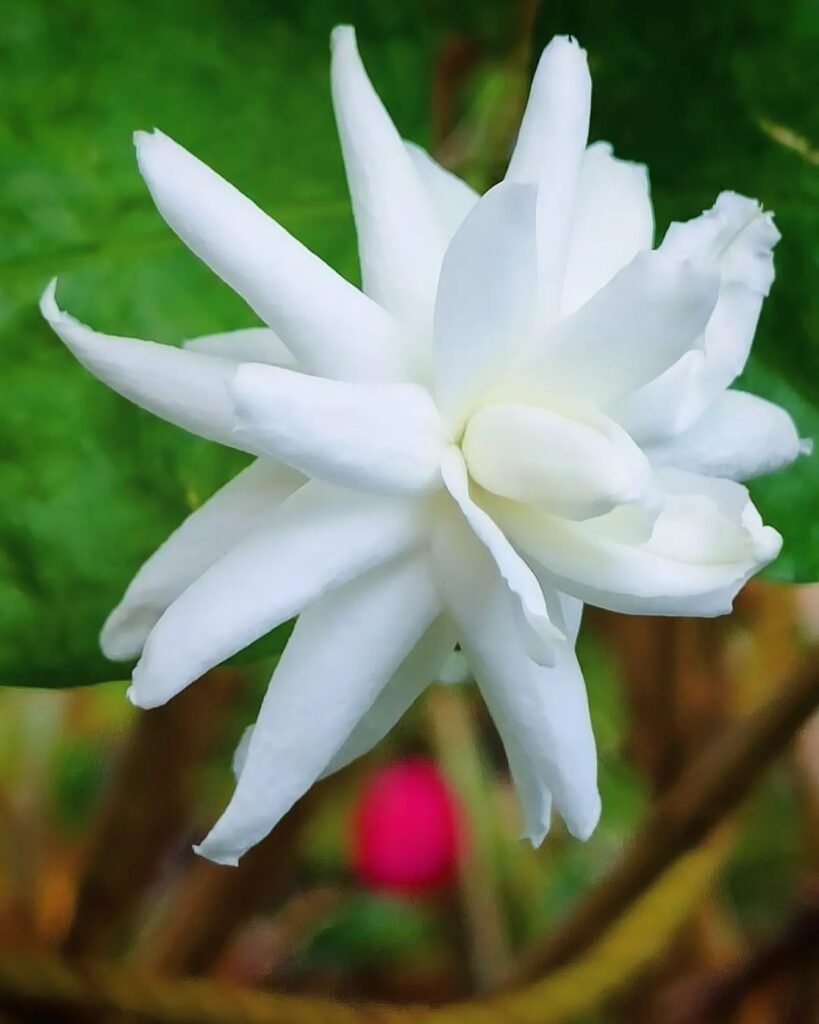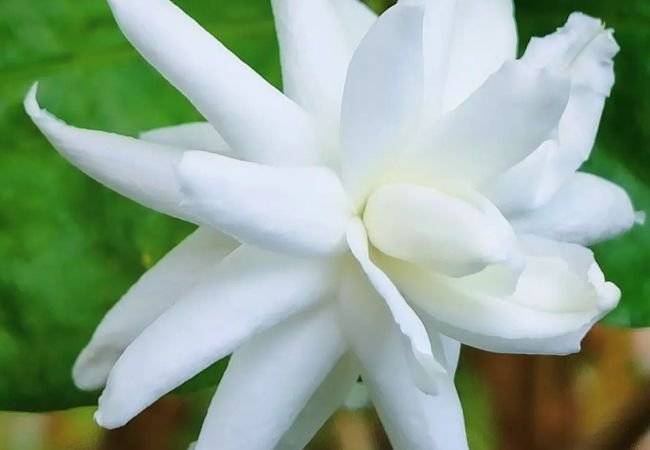Discover everything about jasmine flowers! Learn how to grow jasmine, its benefits, symbolism, and where to buy them. Expert tips from a gardener with 10+ years of experience.
Hi there! I’m Ashley Scott, a gardening enthusiast with over a decade of experience nurturing plants, including the enchanting jasmine flower. Over the years, I’ve grown countless jasmine varieties, crafted bouquets, and even experimented with their edible uses. Today, I’ll share my insights to help you master the art of growing and appreciating these fragrant blooms.
What Makes Jasmine Flowers So Special?

Jasmine flowers, with their intoxicating scent and delicate petals, have captivated gardeners and poets for centuries. But what exactly makes them unique? Let’s dive in!
Scientific Name & Family:
Jasmine belongs to the Oleaceae family, and its scientific name is Jasminum 15. There are over 200 species, ranging from climbing vines to shrubs.
Symbolism:
Jasmine symbolizes love, purity, and hope across cultures. In some traditions, it’s called the “Queen of the Night” because many varieties release their fragrance after sunset 15.
Types of Jasmine Flowers
Not all jasmine is created equal! Here are the most popular types you’ll encounter:
- Common Jasmine (Jasminum officinale): A classic climber with white, star-shaped flowers. Perfect for trellises!
- Arabian Jasmine (Jasminum sambac): Known for its use in teas and religious ceremonies.
- Winter Jasmine (Jasminum nudiflorum): Blooms bright yellow flowers in colder months.
Pro Tip: For a fragrant indoor plant, try Jasminum polyanthum. I’ve found it thrives in pots near sunny windows!
How to Grow Jasmine Flowers: Sun, Soil, and Care
Sun or Shade?
Most jasmine plants love full sun (6+ hours daily) but tolerate partial shade. However, too little light can reduce blooming 814.
Planting Steps:
- Soil: Use well-draining soil mixed with compost. Avoid waterlogged roots!
- Timing: Plant in spring or fall. I’ve had the best success with early spring planting.
- Spacing: Keep 6–8 feet between plants for climbing varieties.
Watering Needs:
Water deeply once a week. During hot summers, my jasmine appreciates a mid-week splash!
Learn more about soil preparation for fragrant plants.
Jasmine Flower Care: Pruning, Pests, and Problems
Pruning Tips:
- Trim after flowering to encourage new growth.
- Remove dead or tangled stems to improve air circulation.
Common Issues:
- Aphids: Spray with a mix of water and dish soap.
- Yellow Leaves: Often a sign of overwatering.
Personal Hack: I mulch around the base with dried leaves to retain moisture and deter weeds.
Uses of Jasmine Flowers: Beyond the Garden
Jasmine isn’t just pretty—it’s practical!
- Edible Flowers:
Yes, jasmine flowers are edible! Use them to flavor teas, desserts, or salads. Jasminum sambac is a popular culinary choice 15. - Medicinal Benefits:
Jasmine tea is linked to reduced stress and improved sleep. Studies suggest its aroma may calm the nervous system 1512. - Bouquets & Decor:
Create stunning jasmine bouquets by pairing them with roses. For long-lasting arrangements, check out my guide to preserving cut flowers.
Frequently Asked Questions (FAQs)
1. When do jasmine flowers bloom?
Most varieties bloom from spring to fall. Winter jasmine, as the name suggests, flowers in colder months 8.
2. Are jasmine flowers toxic to pets?
While generally safe, ingestion in large amounts may upset stomachs. Keep an eye on curious cats and dogs!
3. Where can I buy jasmine flowers near me?
Local nurseries often carry jasmine plants. For specific varieties, try online retailers like Burpee or Nature Hills Nursery.
Where to Buy Jasmine Flowers
- Local Nurseries: Search for “jasmine flowers near me” to find nearby options.
- Online Stores: Buy potted plants or seeds from The Home Depot or Etsy.
Pro Tip: For dried jasmine flowers, try specialty herbal shops or Mountain Rose Herbs.
Final Thoughts: Why Jasmine Deserves a Spot in Your Garden
In my 10 years of gardening, jasmine has been a constant source of joy. Whether you’re growing it for its scent, beauty, or symbolic meaning, this plant is a rewarding choice.
Ready to start? Grab a jasmine plant, follow these tips, and let nature’s perfume fill your space!
Explore more fragrant plants for your garden.
Happy gardening! 🌸
– Ashley Scott, USA Garden Web


2 thoughts on “Jasmine Flowers: A Gardener’s Guide to Beauty, Fragrance, and Meaning”